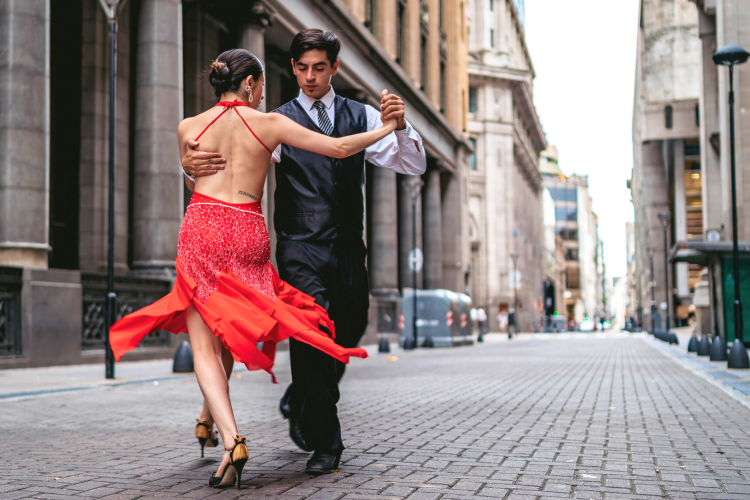Examine This Report about Dance San Francisco
A Biased View of Dance San Francisco
Table of ContentsThe 45-Second Trick For Dance San FranciscoNot known Facts About Dance San FranciscoDance San Francisco Can Be Fun For AnyoneNot known Incorrect Statements About Dance San Francisco
Allow's think about Salsa dancing and music as a huge Tree that resembles this: Salsa is danced world-wide while numerous technical elements of the dancing coincide throughout styles (6 steps over 8 beats danced on a quick-quick-slow or slow-quick-quick rhythm), there are a number of "characteristic" attributes of the main styles of Salsa that distinguish one from the other.Couples joining an Online casino Rueda dance all relocations in unison as called by a Leader. Distinct attributes of Cuban style salsa are circular turn patterns (with "break back" actions on counts 1 and 5) as well as body motion influenced by typical Afro-Cuban folkloric dancings. Distinct functions of Cali style salsa is quick and intricate footwork, danced with a strong hand hold connection between companions.
The origins of the style are a subject of dispute, yet it is stated that New york city style Salsa dance stemmed in the 1960's as a result of the increase of Latin American emigrants after the Cuban Transformation (salsa dancing sf). Eddie Torres is the most popular New york city style dancer, being almost universally credited with popularizing the design to dance centres beyond New york city
The fundamental rhythm of "On-2" is slow-quick-quick. The "youngest" of the styles of Salsa, L.A (https://dancesanfrancisco.godaddysites.com/f/hot-bachata-nights-sf-spice-up-your-dance-fridays-at-dance-san). Design (some individuals have called it "West Shore" design) ended up being popular in the 1990's and has its origins in ballroom (Mambo, Swing and Cha, Cha, Cha). Transform patterns lead and comply with methods are heavily affected by these styles, with the Cross Body Lead being the cornerstone of the style
Dance San Francisco Fundamentals Explained
Design are implementation of turn patterns and numbers in the "slot", with the break actions on counts "1" and "5". While Salsa songs has solid beginnings in Cuban, Colombian and Puerto-Rican folkoric practices, it can not be marked down that all Afro-Latin and Latin American societies have contributed to modern Salsa music as we recognize it today.


Dance San Francisco Fundamentals Explained
differentiating qualities of Salsa songs are: 4/4 measure signature, Boy Clave and Tumbao rhythms, Montuno Piano Unless you have a history in songs, the above 3 features possibly indicate nothing to you. A less complicated means to explain Salsa music is just how it does NOT seem like other sorts of Latin American music.

It's time for lessons. With a lot of workshops out there and different styles to choose from, where does a total newbie start? Most all new dancers select to learn L.A. "On-1" design slotted Salsa styles are one of the most prevalent in The United States and Canada (with some exceptions of some city centres that still mostly accept Cuban and Puerto Rican designs) and L.A.
.A. Style will promptly instruct you the principles of Salsa timing, weight transfer and turn pattern execution. Lots of professional dancers, once they've had a year or more of dancing L.A. Style Salsa under their belts, "switch" to New york city design in order to diversify their dancing vocabulary; but several dancers decide to stay with simply one style of Salsa and appreciate their time on the dance flooring because particular design. salsa dancing sf.
Design and New York City Design all being danced in the very same club, with a lot of the dancers having the ability to switch from one design to the other from one track to the next. salsa dancing sf. Regardless of which style you choose it is necessary to stick to that design till you're really comfy with the principles of timing, body rhythm and structure step execution before considering "changing" styles (if you want to)
Once you begin on lessons be ready to dedicate time and energy to discovering how to dance in basic it takes a full newbie (i. e., a person with little or no dancing experience) about 6 months of proactively taking lessons and heading out and practicing a minimum of twice a week to reach a factor where pattern execution starts to feel "all-natural".